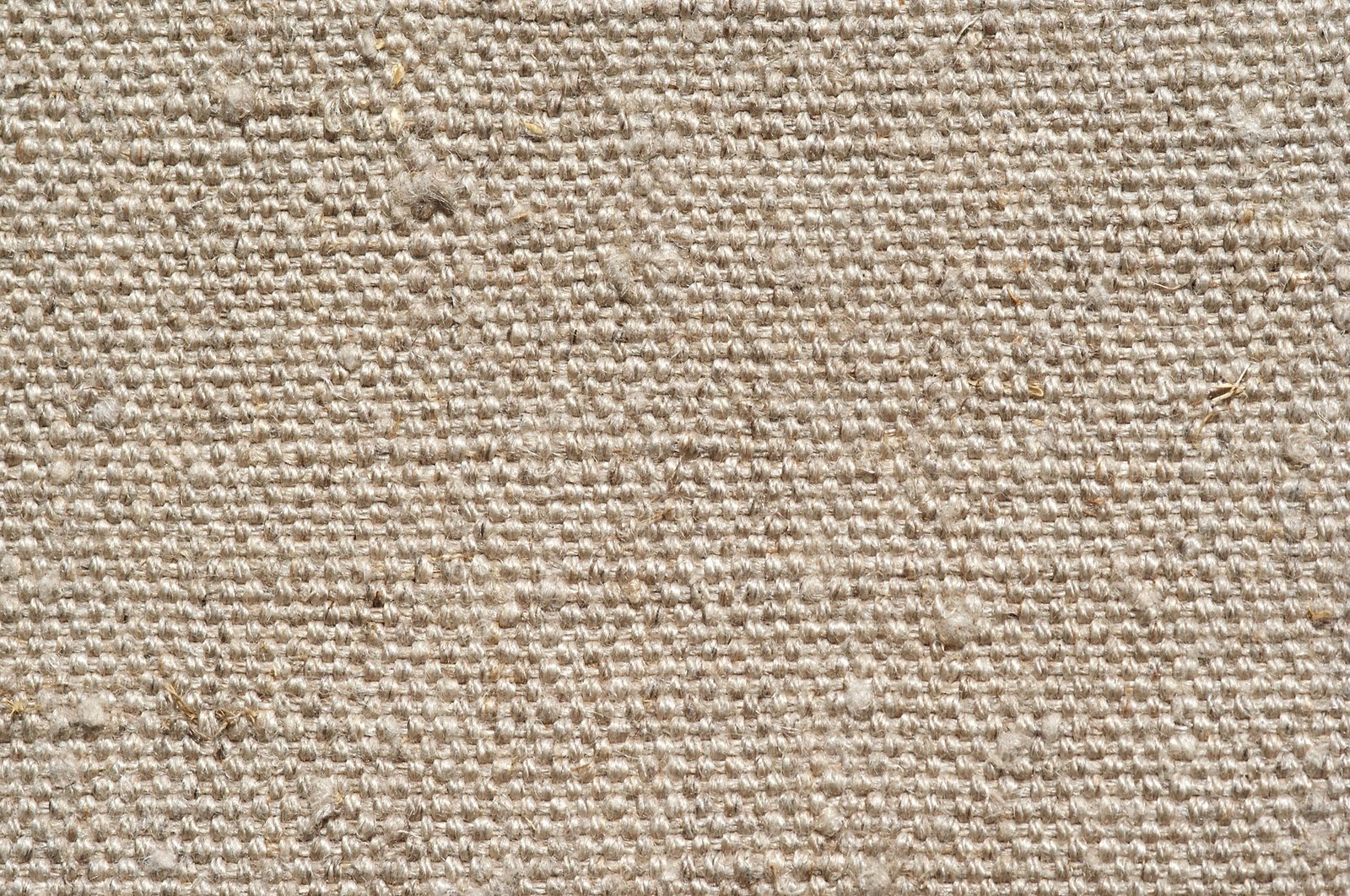Linen is no longer just a summer staple—it’s a statement of conscious quality, timeless appeal, and performance-driven elegance. In 2025, manufacturers aren’t simply suppliers; they’re innovation partners. From temperature-regulating flax blends to OEKO-TEX-certified production, the world of linen fabric has expanded beyond tradition. Whether you’re creating fashion, upholstery, or home goods, choosing the right linen fabric source is mission-critical—and the options have never been more competitive. The best linen fabric manufacturers in 2025 are distinguished by consistent material quality, customization flexibility, sustainable practices, and proven reliability. These suppliers offer low MOQs, fast sampling, and global export capabilities, making them trusted partners for fashion and textile brands seeking premium natural fabrics.
One European luxury label once said, “Our linen shirts became our bestseller not because of design—but because of the fabric quality.” That’s how important sourcing is. In this guide, you’ll discover what makes a manufacturer top-tier, how global trends are shifting, and who the leading players are that are shaping the linen industry today.
What Are the Key Qualities of a Top Linen Fabric Manufacturer in 2025?
In 2025, the best linen fabric manufacturers aren’t just material suppliers—they are collaborative partners that empower fashion labels, home textile brands, and custom product developers to create with confidence. As the global demand for natural fabrics intensifies, buyers are no longer looking just for price; they want value through consistency, traceability, and adaptability.
A top linen fabric manufacturer in today’s market demonstrates the following:
Consistent yarn and fiber quality (especially long-staple flax from reputable sources like Belgium and France)
Customization flexibility for GSM (fabric weight), weave styles (plain, herringbone, twill), finishes (washed, coated), and dye techniques (reactive, pigment, yarn-dyed)
Low minimum order quantities to support smaller brands and agile inventory systems
Speedy sampling & production turnaround that meets fast-changing seasonal cycles
Certifications such as OEKO-TEX®, GOTS, European Flax®, and ISO for safety and sustainability
Clear, multilingual communication, export readiness, and logistics support
Real-World Brand Example A U.S.-based resort wear brand collaborated with a Lithuanian mill to produce a slub-textured, 140 GSM washed linen in 6 signature Pantone colors. The mill offered reactive dyeing, enzyme pre-washing, and delivered a pre-shrunk (3%) fabric with just a 200-meter MOQ. Lead time from sampling to door: 18 days. The fabric became the cornerstone of their summer shirt collection.
What Buyers Should Evaluate
To help brands make informed sourcing decisions, here’s a breakdown of the key performance indicators every fabric buyer should assess when evaluating a linen manufacturer.
1. Fiber Origin & Staple Length
Flax fiber quality directly impacts how linen feels, performs, and lasts. Longer staple flax yields smoother yarns and higher tensile strength.
| Fiber Source | Staple Length | Texture Outcome | Common Application |
|---|---|---|---|
| Belgian Flax | 35–45 mm | Luxuriously smooth | High-end fashion, upholstery |
| Chinese Flax | 25–30 mm | Medium-grade texture | Garment basics, packaging |
| Indian Flax | 20–28 mm | Slightly coarse, blends | Craftwear, linen-viscose mixes |
Pro Tip: Ask for fiber traceability—many top suppliers now provide flax origin certificates or FlaxPass™ tracing reports.
2. Fabric Finishing Capabilities
How a linen fabric is finished defines its comfort, shrinkage, drape, and even color depth. Choose mills that can handle advanced and diverse finishing processes:
| Finishing Technique | Purpose | Common Use Case |
|---|---|---|
| Enzyme Wash | Softens linen, reduces stiffness | Apparel, scarves, bed sheets |
| Stone Wash | Creates worn-in, textured look | Casualwear, industrial aprons |
| Calendering | Adds slight sheen and smooth surface | Tablecloths, outerwear |
| Pre-shrink Finish | Minimizes shrinkage post-garment production | Shirts, uniforms |
| Water-Repellent Coating | Adds weather protection | Outdoor cushions, utility bags |
Fact: Linen shrinks 3–10% if untreated. Top manufacturers can shrink-proof to below 2% via mechanical + enzyme processes.
3. Sustainable Operations
In 2025, sustainability is more than a buzzword—it’s part of the sourcing requirement checklist for nearly all international brands. The best linen suppliers go beyond “green” claims with hard credentials:
- OEKO-TEX Standard 100: Ensures no harmful chemicals in the final product
- GOTS (Global Organic Textile Standard): Confirms organic flax, social compliance, and eco-friendly dyeing
- European Flax® Label: Ensures the flax is cultivated in Western Europe without irrigation or GMOs
- Masters of Linen®: A full EU certification from field to finish
- GRS (Global Recycled Standard): For linen blends using recycled viscose or polyester
| Certification | Focus | Required For… |
|---|---|---|
| OEKO-TEX | Product safety | Kidswear, sleepwear, baby items |
| GOTS | Organic status + labor | Eco-fashion, private labels |
| European Flax® | Geographic flax origin | Luxury home and fashion brands |
| ISO 9001 / 14001 | Quality / Environmental Mgmt | Major retailers |
Stat: In a 2024 buyer survey, 72% of apparel brands stated they would not source linen without OEKO-TEX or better certification.
4. Logistics & Sampling Capabilities
Fast-moving collections demand fast decision-making. Leading linen manufacturers remove friction by offering:
- DHL or FedEx swatch books with labeled GSM & finishes
- 3–5 day lab dip development





